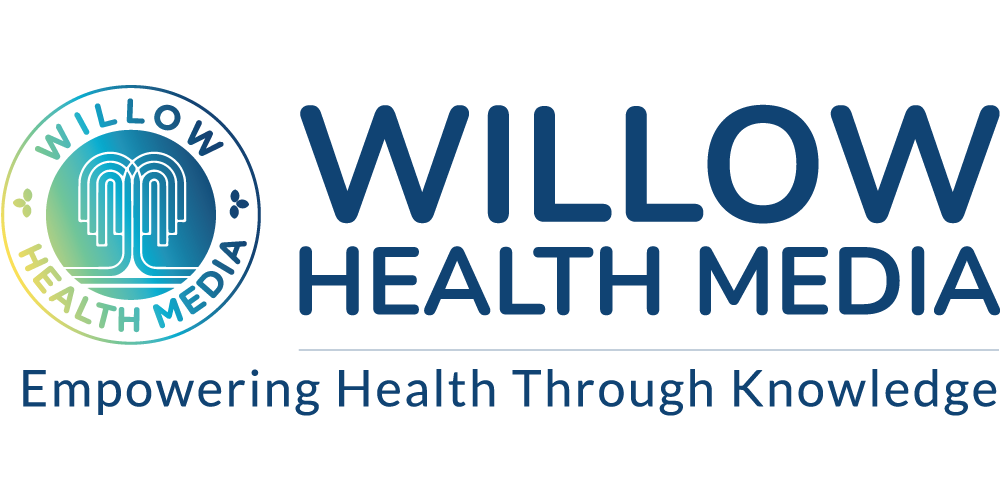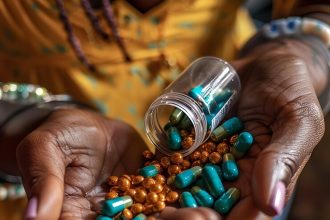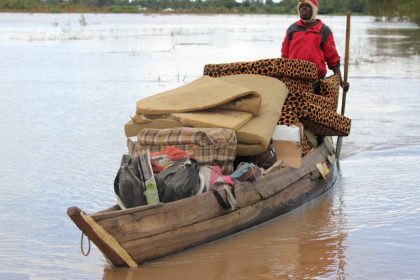Low- and middle-income countries bear the heaviest burden of antimicrobial resistance due to their weak health systems, burdened by limited diagnostic capacity and restricted access to effective essential antibiotics.
Resistance to antibiotics is compromising life-saving treatment, leading to an increasing threat to global health, a new World Health Organization (WHO) report has found. The report further found that one in six bacterial infections worldwide is caused by bacteria resistant to antibiotics.
According to the report by the WHO’s Global Antimicrobial Resistance and Use Surveillance System (GLASS), while more countries are participating in the surveillance, gaps continue to exist. GLASS is the first global collaborative effort to standardise AMR surveillance established by WHO in 2015.
“Since 2016, 110 countries, including three territories and areas, have submitted AMR data to GLASS. In 2023, 104 countries reported data, an increase of over 300 per cent compared to the 25 countries that reported in 2016, the first year of data collection,” the report stated.
Kenya is one of the countries with a national AMR surveillance system.
According to Dr Patrick Mutua, a lecturer at Pwani University who conducted a survey of knowledge and attitudes towards antibiotic use and resistance among teachers in Kenya, antimicrobial resistance remains a major public health threat in the country, responsible for an estimated 37,300 deaths annually, including 8,500 directly attributable to AMR infections.
The study also looked into the efficiency of using teachers to raise awareness on AMR, with Dr Mutua noting that Kenya’s Drug Resistance Index (DRI) stands at 56.2 per cent, far above the 25 per cent benchmark for effective antibiotic control, reflecting widespread resistance.
“The situation is worsened by high infection burdens, inadequate sanitation, and poor regulation of antibiotic access,” he said.
High AMR levels were attributed to higher resistance, poor clinical practices, weak public health interventions and biases in the data
GLASS reviews progress in building global and national AMR surveillance systems since 2016. The WHO now calls on countries to report high-quality data on AMR and antimicrobial use to GLASS by 2030.
The GLASS report also found that countries with lower AMR surveillance coverage reported higher levels of AMR due to “genuinely higher resistance, poor clinical practices, weak public health interventions and biases in the data.”
The report further found that the levels of antibiotic resistance are high in countries with weaker AMR surveillance. “Resistance was most frequent in the South-East Asia and Eastern Mediterranean regions (almost 1 in 3 infections), followed by the African Region (1 in 5), all above the global median,” the report stated.
Equally, low- and middle-income countries bear the heaviest burden of AMR due to their weak health systems. Factors like limited diagnostic capacity and restricted access to effective, essential antibiotics create a syndemic of undertreatment and poor outcomes, according to the report.
According to Dr Mutua, there are multiple human and systemic factors contributing to AMR in Kenya, including overprescription and misuse of antibiotics, often for viral infections such as colds and flu.
“Self-medication and over-the-counter sales of antibiotics without prescription were reported by 34 per cent of teachers in our study,” he said. He added that incomplete treatment courses and underdosing, which allow resistant strains to survive, and poor sanitation and infection control practices, promote the spread of resistant bacteria.
Countries are urged to address AMR through strategies that strengthen health systems, enhance resilience and expand social protection
Dr Mutua further noted that inadequate laboratory diagnostics lead to empirical rather than evidence-based antibiotic use, while limited public awareness also contributes, as shown in their study, where 82 per cent of teachers had never received any education on proper antibiotic use.
The WHO report calls on countries to “address AMR through broader strategies that strengthen health systems, enhance resilience, and expand social protection, such as UHC and multisectoral initiatives, with equity and access at the core.”
A different study on AMR in Kenya in 2021 by the Global Research on Antimicrobial Resistance found that the number of deaths associated with AMR in the country was high compared to other underlying causes of death. According to the study, Kenya then had the 40th highest mortality rate associated with AMR across 204 countries.
Kenya developed the 2023-2027 action plan on prevention and containment of antimicrobial resistance, which guides its coordination of tackling AMR, increasing the public’s knowledge, and enhancing surveillance. The action plan also seeks to enhance infection prevention and control, and to accelerate research on AMR emergence and transmission.
Dr Mutua recommends the use of mass media campaigns, community health outreach programmes, and integration of AMR into school programmes.
“Public-private collaborations, involving pharmaceutical companies and professional associations to disseminate accurate information, can significantly enhance AMR awareness nationwide,” he said.
In a statement, WHO called on all countries to report high-quality data on AMR and antimicrobial use to GLASS by 2030, saying that “achieving this target will require concerted action to strengthen the quality, geographic coverage, and sharing of AMR surveillance data to track progress.”
























